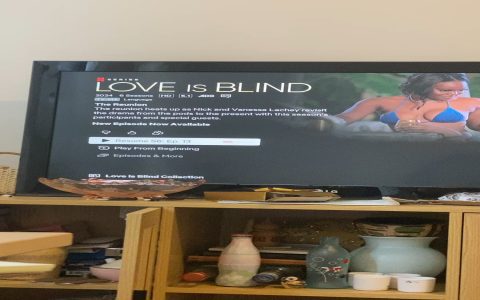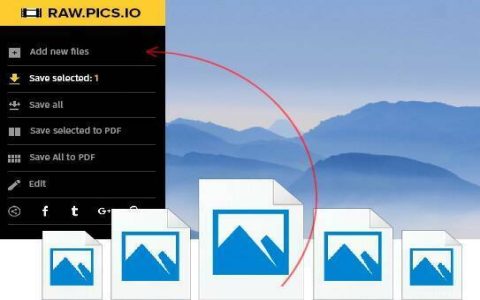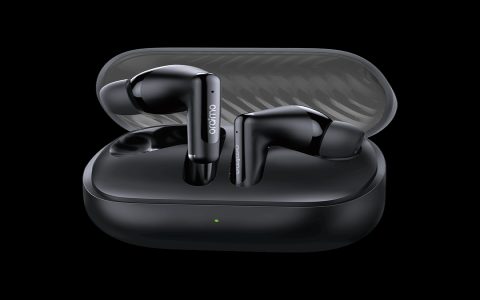Choosing between an iPad, Android tablet, and Kindle Fire requires understanding key differences in purpose, ecosystem, and capability. Here's a focused comparison to guide your decision.
Operating System & Ecosystem
iPad (iPadOS): Offers seamless integration with other Apple devices (Mac, iPhone, Apple Watch). Known for premium app quality, long-term software support, and a vast ecosystem of optimized apps and accessories. Ideal for creative work and productivity.
Android Tablet: Provides maximum flexibility. Allows extensive customization, access to diverse app stores (though quality varies), broader file management, and integration with Google services. Hardware choices are vast across numerous brands.

Kindle Fire (Fire OS): A heavily modified Android fork, strictly centered on the Amazon ecosystem. Prioritizes easy access to Amazon content (Books, Video, Music, Shopping). Highly restrictive with Google Play Store and services. Customization is minimal.
Content & App Availability
- iPad: Unrivaled premium app selection, especially for creative tools, design, note-taking, and productivity. Apple Arcade and Apple News+ offer curated experiences.
- Android Tablet: Widest range of apps available via Google Play Store and third-party sources, though tablet-optimized apps can be inconsistent. Access to full Google services (Play Movies & TV, Play Books).
- Kindle Fire: Primarily Amazon Appstore apps (smaller selection, focused on content consumption). Dominant for Kindle e-books and Amazon Prime Video viewing. Lacks full Google Suite.
Hardware & Display
- iPad: Generally higher build quality and top-tier displays across the range (especially Pro models with ProMotion). Processors lead in performance. Pencil support is excellent.
- Android Tablet: Hardware varies dramatically – from budget plastic to premium metal. Screen quality and performance depend heavily on price point. Stylus support varies by model.
- Kindle Fire: Focus on affordability. Displays are functional for reading/streaming, often with anti-glare coatings on newer models. Performance sufficient for media consumption but not demanding tasks.
Purpose & Target Audience
- Choose an iPad if: You prioritize performance, premium apps, creative workflows, integration with other Apple devices, long software support, and can justify a higher price.
- Choose an Android Tablet if: You value customization, diverse hardware options across budgets, access to Google services, flexibility in app sources, file management, and potential multitasking capabilities.
- Choose a Kindle Fire if: Your main focus is reading Kindle e-books and consuming Amazon Prime content affordably, especially on a budget. Ideal as a simple media consumption device or parental-controlled kids tablet.
Price Considerations
- iPad: Premium pricing (starting higher than comparable competitors). Most expensive, though older models remain viable. Accessories add cost.
- Android Tablet: Broadest price spectrum, from budget ($50-$150) to high-end premium. Offers strong value at mid-range prices.
- Kindle Fire: Most affordable option, particularly good value solely for Amazon media consumption.
Prioritize your usage (content consumption vs. creation vs. reading), ecosystem preferences (Apple vs. Google vs. Amazon), budget, and desired hardware quality. There is no universal "best"; only the best fit for your specific needs and priorities.







